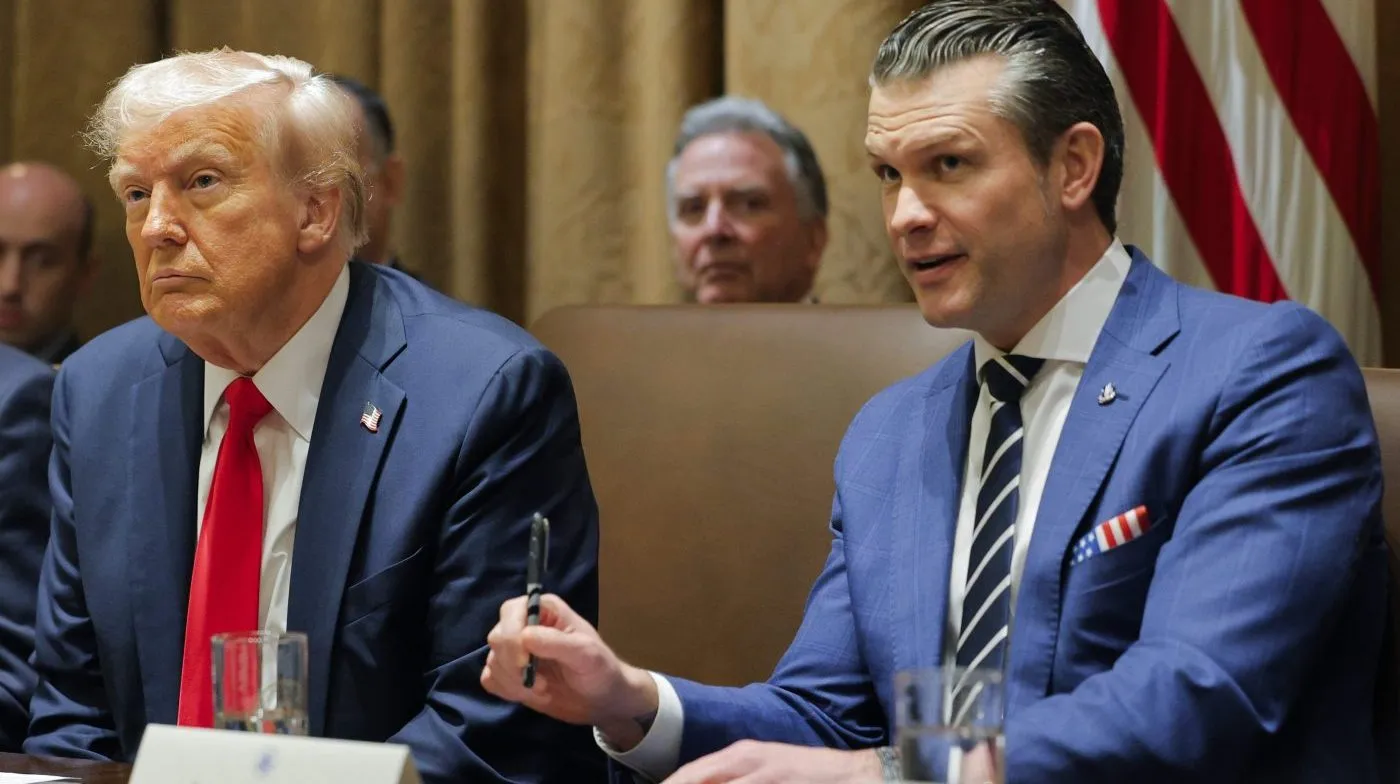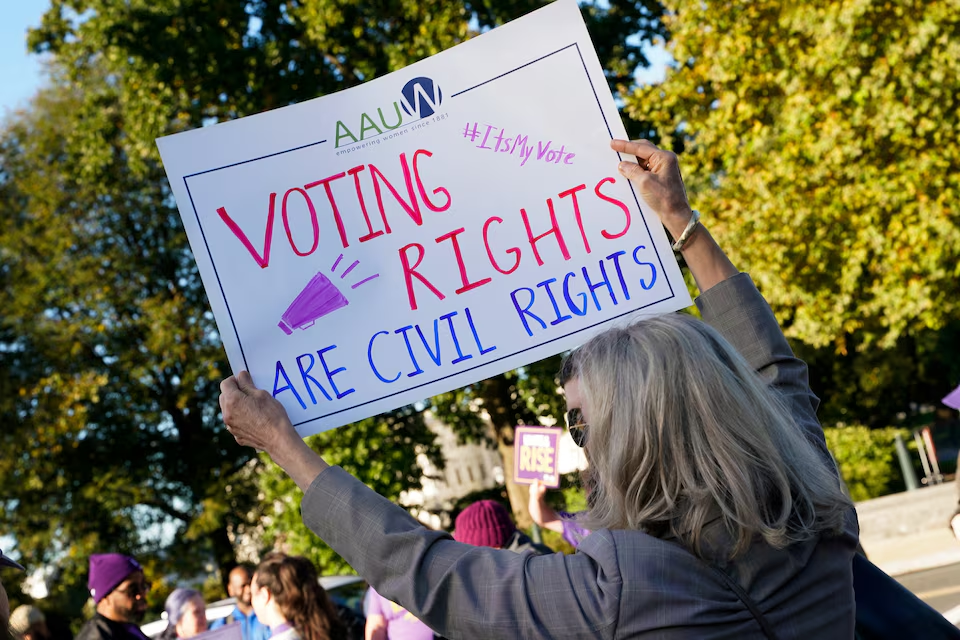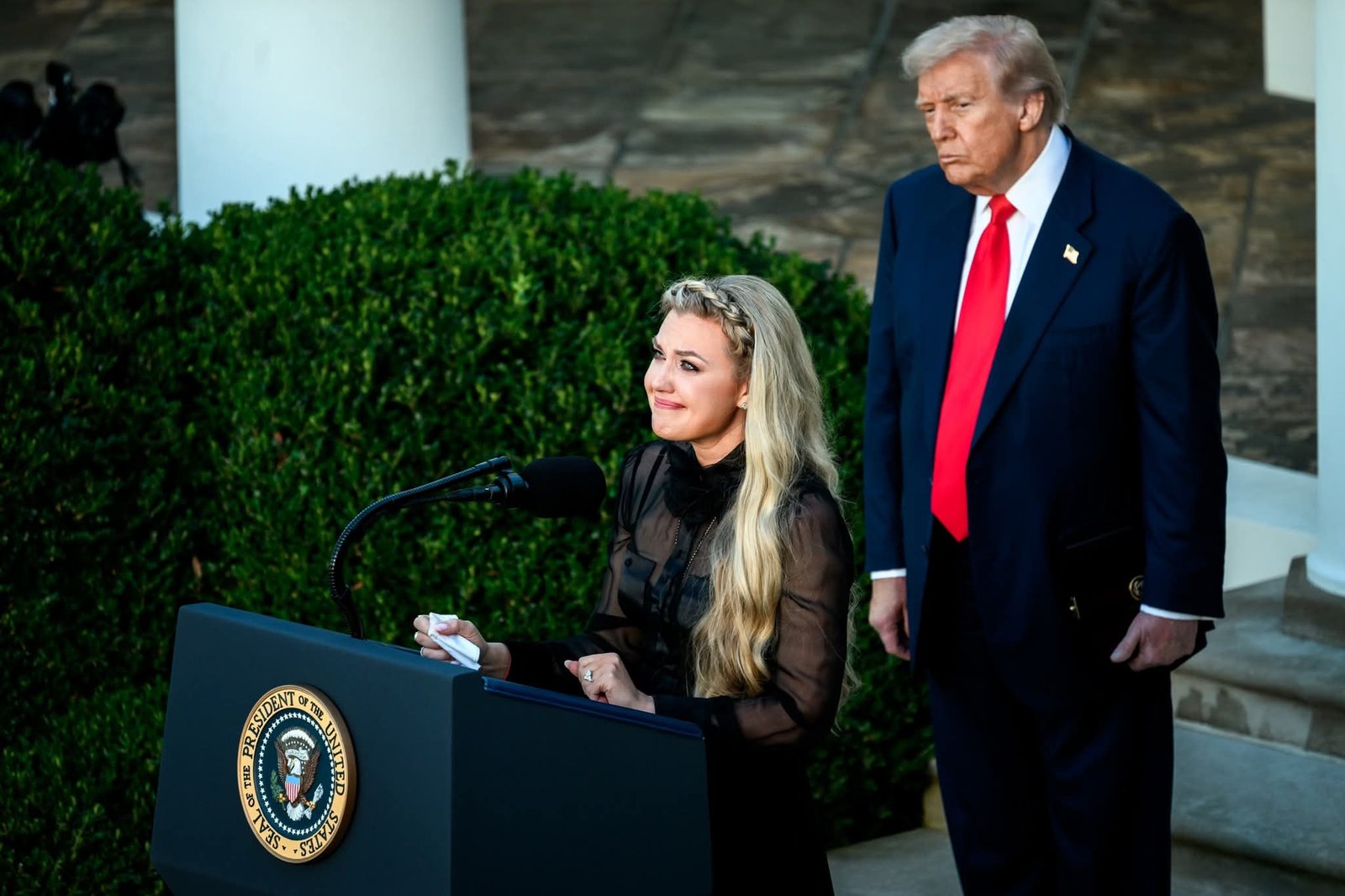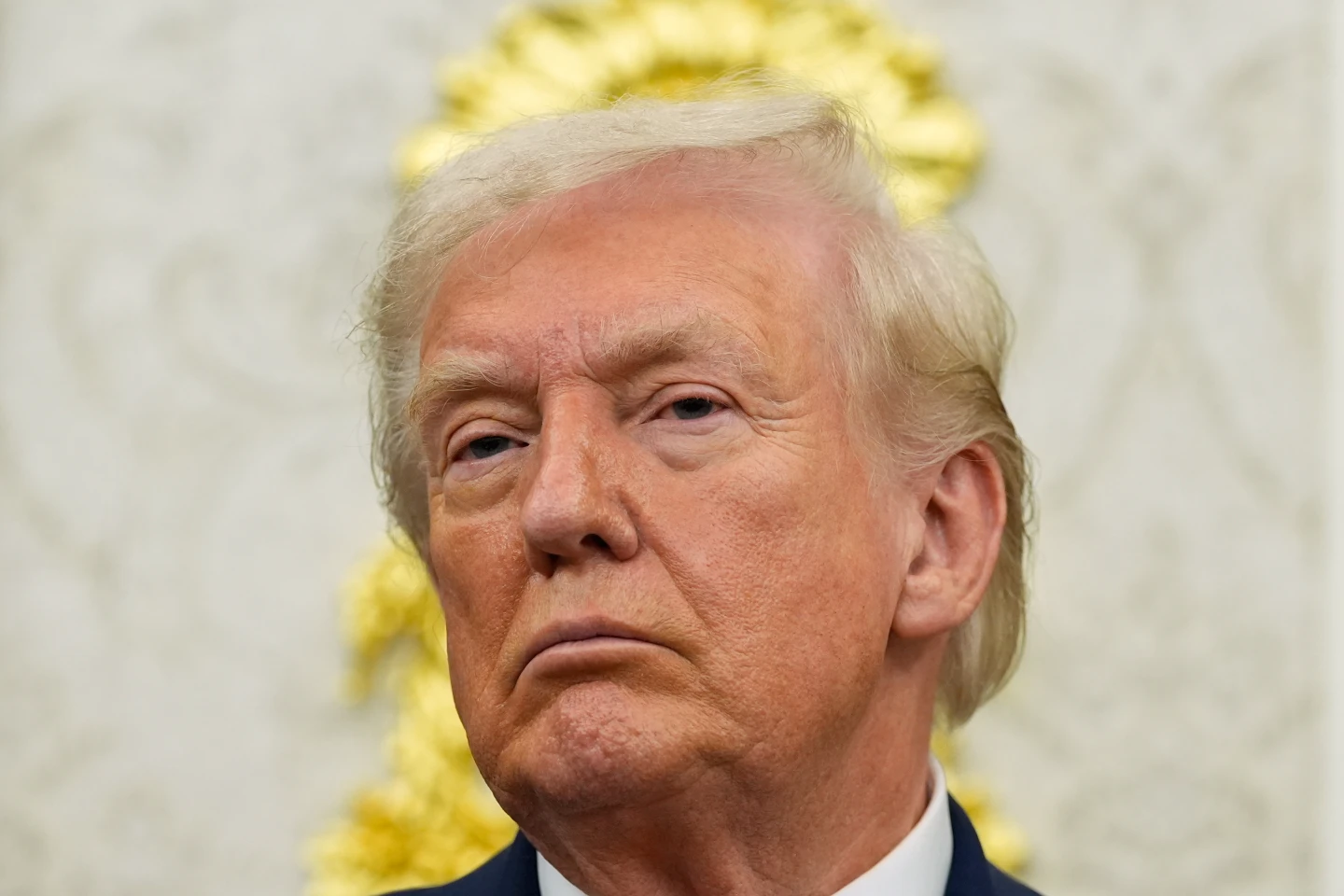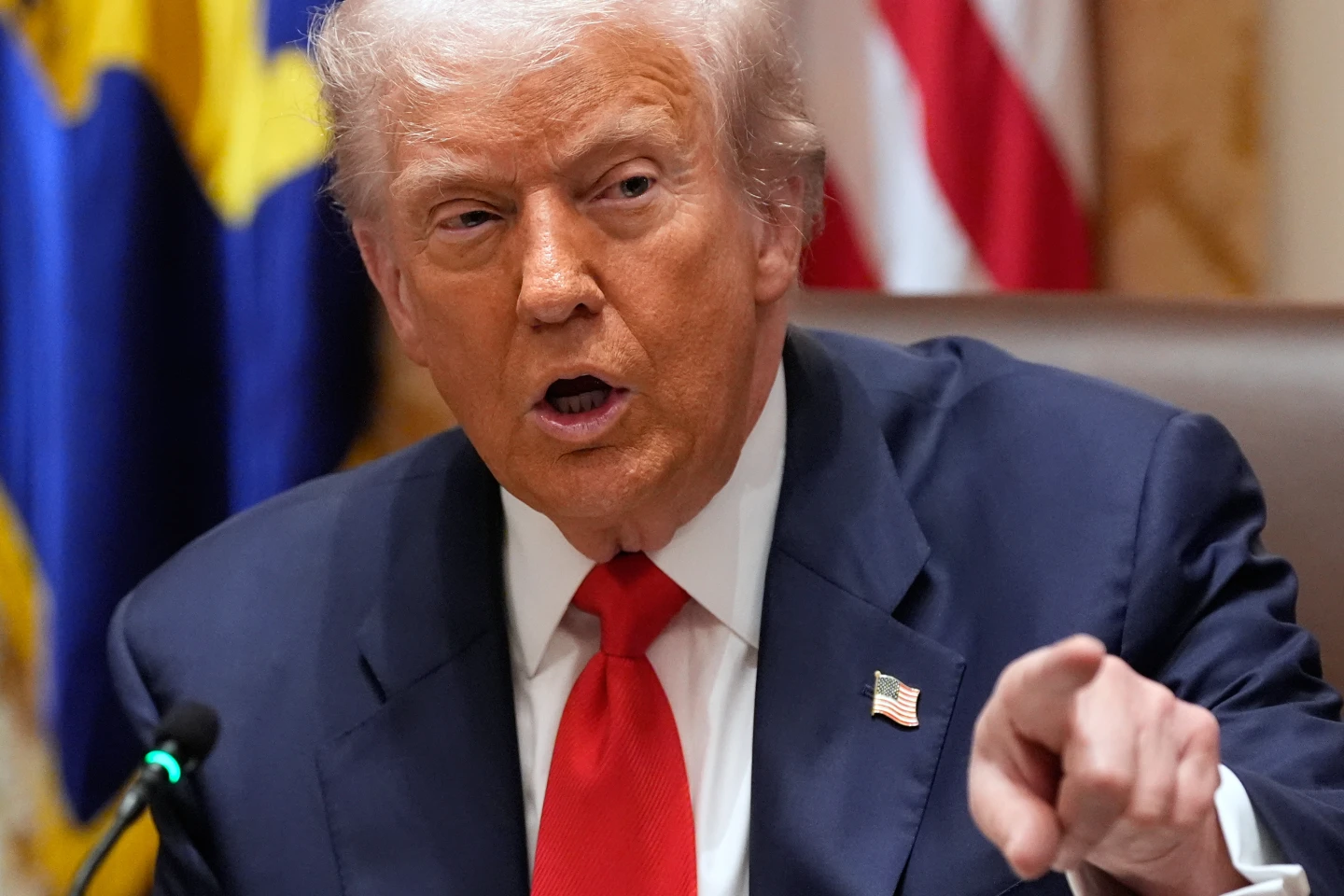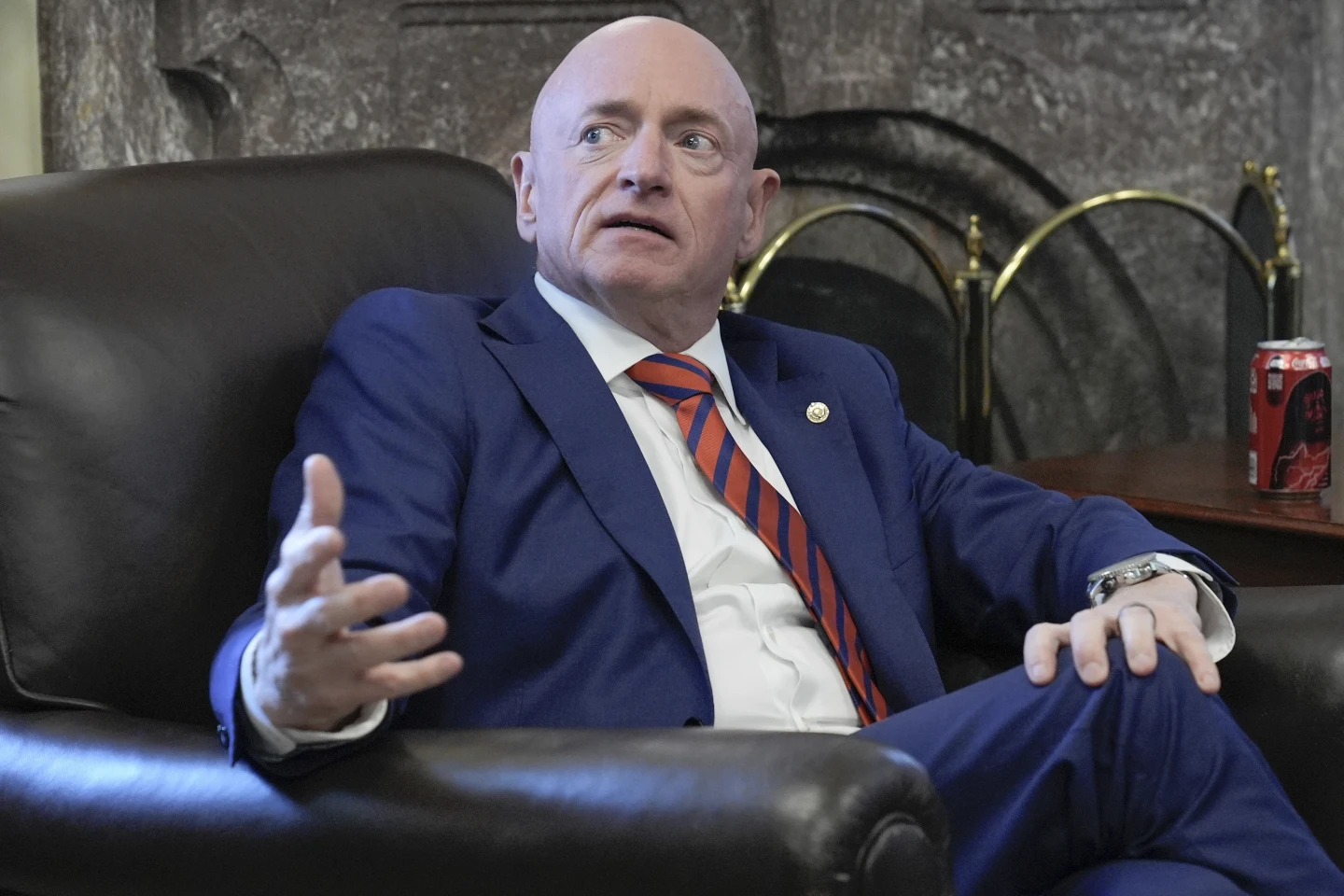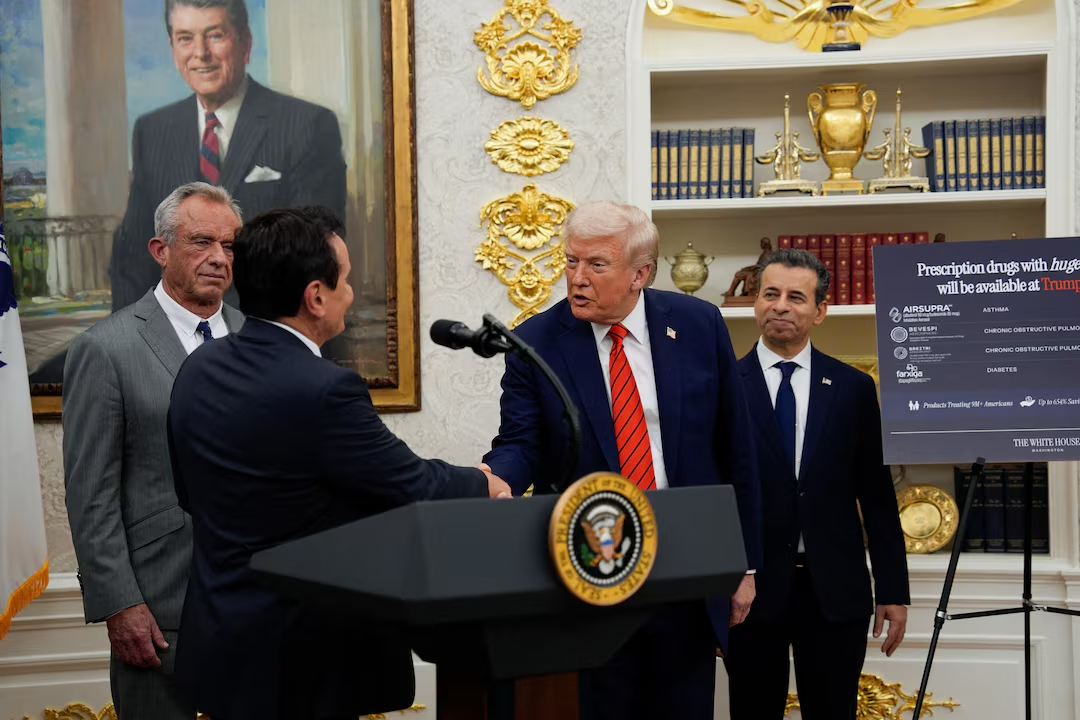"I Believe NATO Will Raise Defense Spending from 2% to 5% as President Trump Expects" – Defense Secretary Hegseth
U.S. Defense Secretary Pete Hegseth stated on Thursday that he is confident NATO member states will agree to increase their defense spending to 5% of GDP, in line with former President Donald Trump’s demands. Hegseth expressed hope that a joint pledge would be announced before the NATO summit scheduled for late June in The Hague.
"I Believe NATO Will Raise Defense Spending from 2% to 5% as President Trump Expects" – Defense Secretary Hegseth
"I Believe NATO Will Raise Defense Spending from 2% to 5% as President Trump Expects" – Defense Secretary Hegseth
[Brussels, June 5, 2025] – U.S. Defense Secretary Pete Hegseth stated on Thursday that he is confident NATO member states will agree to increase their defense spending to 5% of GDP, in line with former President Donald Trump’s demands. Hegseth expressed hope that a joint pledge would be announced before the NATO summit scheduled for late June in The Hague.
Currently, NATO’s official defense spending target stands at 2% of GDP, but Trump has insisted that the threshold must be raised to 5%. Although no country—including the United States—has yet reached that mark, Hegseth said progress is being made toward that goal.
“What we heard this morning was very encouraging,” said Hegseth. “Many countries have already surpassed the 2% mark, and we believe there is now a broad consensus forming around the 5% goal.”
He added, “We want a decision before the June 24–25 NATO summit in The Hague.”
Proposal: 3.5% for Military, 1.5% for Security
NATO Secretary General Mark Rutte has proposed a framework to meet Trump’s 5% target by allocating 3.5% of GDP to direct military expenditures and 1.5% to broader security-related areas. Hegseth voiced support for this proposal on Thursday.
“If we want real military strength, investment is non-negotiable. This alliance is on track to make a historic 5% spending pledge in the coming weeks,” Hegseth emphasized.
Spain's Hesitation and Disagreement Over Timeline
However, not all member states are fully on board. Spanish Defense Minister Margarita Robles said, “We believe 2% is sufficient. What matters is that each country reaches its goal based on its own capacity.”
Diplomats expect the debate to continue up to the summit.
Rutte expressed hope that the summit will result in new “historic” military benchmarks for each country, ensuring balanced defense responsibilities among Europe, Canada, and the U.S., including targets for troop numbers, weapons, and ammunition.
German Defense Minister Boris Pistorius noted that Germany would need to recruit an additional 50,000 to 60,000 active troops to meet the new targets.
Disagreements Over the Deadline
Rutte has proposed 2032 as the target year to reach the 5% goal, but Eastern European countries argue that’s too far off. Estonian Defense Minister Hanno Pevkur stated, “We don’t have 10 years—not even 7. We need to reach this goal within the next five years.”
Sweden’s Defense Minister Paul Jonsson has proposed setting 2030 as the deadline.
Debate Over What Counts as ‘Defense Spending’
A major ongoing debate revolves around the definition of "defense spending"—whether it should include cybersecurity and infrastructure-related costs remains unclear.
Analysts suggest that increasing NATO’s defense budgets in line with Trump’s expectations would help maintain U.S. military presence in Europe and allow Trump to present it as a significant political win.


